Home>Gardening & Outdoor>Pool & Spa Care>How Much Chlorine Should I Put In My Hot Tub
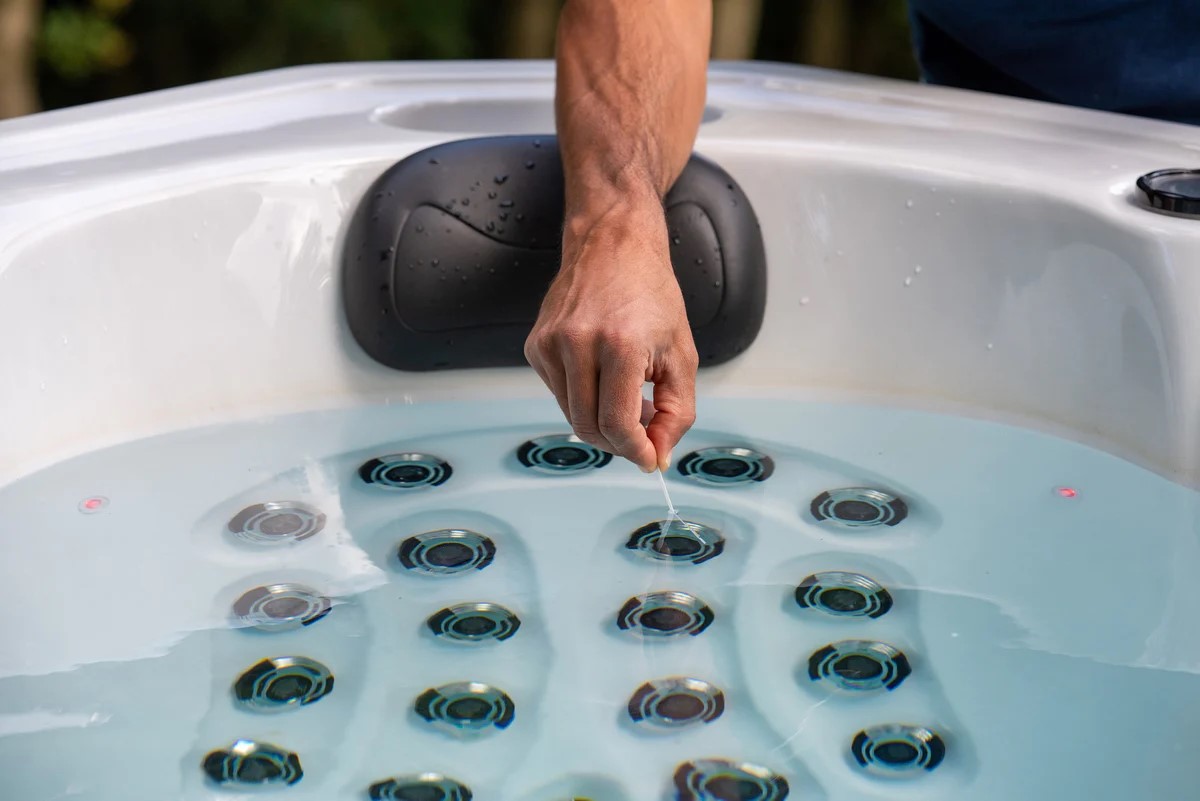

Pool & Spa Care
How Much Chlorine Should I Put In My Hot Tub
Published: December 28, 2023
Learn the correct chlorine dosage for your hot tub with our expert pool and spa care tips. Keep your hot tub clean and safe for all to enjoy.
(Many of the links in this article redirect to a specific reviewed product. Your purchase of these products through affiliate links helps to generate commission for Storables.com, at no extra cost. Learn more)
Introduction
So, you've invested in a luxurious hot tub to create your own personal oasis of relaxation and rejuvenation. However, to keep your hot tub water clean, clear, and safe for soaking, it's crucial to maintain the right balance of chemicals. Among these, chlorine plays a pivotal role in sanitizing the water and keeping harmful bacteria at bay.
In this comprehensive guide, we'll delve into the essential aspects of maintaining proper chlorine levels in your hot tub. Whether you're a first-time hot tub owner or a seasoned enthusiast, understanding the significance of chlorine and how to manage it effectively will ensure that your hot tub remains a source of pure bliss.
Let's embark on a journey to demystify the world of hot tub care and learn how to strike the perfect balance with chlorine!
Key Takeaways:
- Maintaining the right amount of chlorine in your hot tub is crucial for keeping the water clean and safe. Factors like bather load and environmental conditions can affect chlorine levels, so regular testing and adjustments are important.
- Adding chlorine to your hot tub can be done using tablets, granules, or liquid. It’s essential to distribute the chlorine evenly and maintain consistent levels to prevent bacterial growth and ensure a pristine soaking experience.
Read more: How Much Chlorine Do I Put In My Hot Tub
Importance of Chlorine in Hot Tubs
Chlorine is a vital component of hot tub maintenance, serving as a powerful disinfectant that safeguards the water against harmful microorganisms. When you immerse yourself in a hot tub, various contaminants such as sweat, body oils, and other impurities are introduced into the water. Without proper sanitation, these substances can create an environment conducive to the growth of bacteria and algae, posing potential health risks to bathers.
By effectively controlling the level of chlorine in your hot tub, you can inhibit the proliferation of bacteria, viruses, and other pathogens, ensuring that the water remains hygienic and safe for use. Additionally, chlorine helps to oxidize organic matter, preventing the formation of unsightly and unsanitary residues that can compromise water quality.
Moreover, maintaining the appropriate chlorine levels in your hot tub promotes clarity and transparency in the water, enhancing the overall visual appeal of your spa environment. This not only contributes to a more inviting and aesthetically pleasing atmosphere but also provides reassurance that your hot tub is a clean and healthy space for relaxation.
Understanding the pivotal role of chlorine in hot tub maintenance empowers you to take proactive measures in preserving water quality and ensuring a delightful soaking experience. Next, we’ll explore the various factors that can influence the chlorine levels in your hot tub and how to effectively manage them.
Factors Affecting Chlorine Levels
Several factors can influence the chlorine levels in your hot tub, necessitating a keen understanding of these variables to maintain optimal water quality. One of the primary determinants is bather load, which refers to the frequency and duration of hot tub usage. The more individuals utilize the hot tub, the greater the introduction of contaminants, leading to a faster depletion of chlorine. Vigilance in monitoring and adjusting chlorine levels based on usage patterns is essential to counteract this effect.
Furthermore, environmental factors such as temperature and sunlight exposure can impact chlorine stability. In warmer climates, higher temperatures can accelerate chlorine dissipation, requiring more frequent testing and treatment. Similarly, prolonged exposure to sunlight can degrade chlorine, necessitating the use of stabilizers to prevent rapid depletion.
Water quality, including pH and alkalinity levels, also plays a crucial role in chlorine effectiveness. Maintaining balanced pH and alkalinity levels ensures that chlorine can function optimally, providing reliable sanitation and oxidation. When pH and alkalinity are outside the recommended range, chlorine may become less potent, compromising its ability to disinfect and clarify the water.
Additionally, the use of supplementary products, such as shock treatments and clarifiers, can influence chlorine levels. Shock treatments, while beneficial for oxidizing contaminants and replenishing chlorine reserves, can temporarily elevate chlorine levels beyond the ideal range. Conversely, clarifiers, designed to enhance water clarity, may not directly impact chlorine levels but contribute to overall water quality, indirectly affecting chlorine performance.
By recognizing and addressing these factors, hot tub owners can proactively manage chlorine levels, ensuring a hygienic and inviting environment for relaxation. In the following section, we’ll delve into the recommended chlorine levels for hot tubs, providing a clear framework for effective water maintenance.
Recommended Chlorine Levels for Hot Tubs
Maintaining the appropriate chlorine levels in your hot tub is essential for preserving water quality and ensuring a safe and enjoyable soaking experience. The recommended chlorine level for hot tubs typically falls within the range of 3 to 5 parts per million (ppm). This concentration provides effective sanitation while minimizing the risk of skin and eye irritation for bathers.
It’s important to note that the ideal chlorine level may vary based on factors such as bather load, environmental conditions, and the specific type of chlorine product used. Regular testing of chlorine levels using a reliable test kit is crucial to gauge the effectiveness of the sanitation process and make informed adjustments as needed.
Furthermore, maintaining a consistent chlorine residual, even when the hot tub is not in use, is essential for preventing the growth of bacteria and algae. This proactive approach to water maintenance ensures that the hot tub remains a clean and inviting space, ready for relaxation at any time.
While chlorine is a cornerstone of hot tub sanitation, it’s equally important to strike a balance and avoid over-chlorination, which can lead to skin and eye irritation, as well as unpleasant odors. Regular monitoring and diligent maintenance of chlorine levels enable hot tub owners to achieve the delicate equilibrium necessary for a pristine and refreshing soaking experience.
Next, we’ll explore the various methods for testing chlorine levels in your hot tub, providing insights into the tools and techniques that empower you to uphold water quality with confidence.
It is recommended to maintain a chlorine level of 3-5 ppm in your hot tub. Test the water regularly and adjust the chlorine dosage as needed to ensure it stays within this range.
Methods for Testing Chlorine Levels
Accurate and reliable testing of chlorine levels is a fundamental aspect of hot tub maintenance, empowering owners to uphold water quality and ensure a safe and inviting environment for relaxation. Several methods are available for testing chlorine levels, each offering unique advantages and catering to different preferences and needs.
One of the most common and accessible approaches to testing chlorine levels is through the use of test strips. These convenient strips are dipped into the hot tub water and undergo a color change based on the chlorine concentration, providing a quick and straightforward assessment. Test strip kits often include indicators for chlorine, pH, alkalinity, and other essential parameters, offering comprehensive insights into water chemistry.
For those seeking a more precise and detailed analysis, liquid test kits are a popular choice. By adding specific reagents to a water sample, users can observe color changes and compare the results to a provided color chart, allowing for accurate determination of chlorine levels. Liquid test kits are valued for their precision and versatility, enabling thorough monitoring of water chemistry.
Alternatively, digital test kits offer the convenience of automated analysis, providing digital readouts of chlorine levels and other critical parameters. These advanced tools eliminate the need for subjective color interpretation, offering precise measurements and user-friendly operation. While digital test kits may require a higher initial investment, their accuracy and ease of use make them a compelling option for meticulous water testing.
Regardless of the testing method chosen, regular and consistent monitoring of chlorine levels is essential for proactive water maintenance. By establishing a routine testing schedule and diligently recording the results, hot tub owners can gain valuable insights into water chemistry trends and make informed adjustments to chlorine levels as needed.
Armed with the knowledge of effective testing methods, hot tub enthusiasts can confidently navigate the intricacies of water maintenance, ensuring that their oasis remains a haven of purity and relaxation. In the next section, we’ll explore the best practices for adding chlorine to your hot tub, shedding light on the various approaches to maintaining optimal sanitation.
How to Add Chlorine to Your Hot Tub
Adding chlorine to your hot tub is a straightforward process that is essential for maintaining optimal water quality and ensuring a safe and hygienic environment. There are several methods for introducing chlorine into the hot tub, each offering unique advantages and catering to the preferences of hot tub owners.
One of the most common approaches to adding chlorine is through the use of chlorine tablets or granules. Chlorine tablets, also known as chlorine pucks, are placed in a floating dispenser or a dedicated feeder installed in the hot tub. As the water circulates, the chlorine tablets dissolve gradually, releasing chlorine to sanitize the water continuously. Similarly, chlorine granules can be added directly to the hot tub, rapidly dissolving to provide effective sanitation.
For those seeking a more hands-on approach, liquid chlorine, also known as sodium hypochlorite, offers a convenient and rapid method for elevating chlorine levels. By carefully pouring the liquid chlorine into the hot tub, users can swiftly boost chlorine concentrations to maintain the recommended levels. Liquid chlorine is valued for its immediate impact and ease of application, providing a versatile option for chlorine supplementation.
Another method for adding chlorine to the hot tub involves the use of chlorine shock treatments. These potent formulations are designed to rapidly elevate chlorine levels, oxidize contaminants, and rejuvenate water clarity. When using shock treatments, it’s crucial to follow the manufacturer’s instructions and allow sufficient time for the product to disperse before resuming hot tub usage.
Regardless of the method chosen, it’s essential to distribute the chlorine evenly throughout the hot tub to ensure uniform sanitation. This can be achieved by allowing the hot tub’s circulation system to facilitate thorough mixing or manually dispersing the chlorine using a gentle stirring motion.
Moreover, maintaining a consistent chlorine residual, even when the hot tub is not in use, is imperative for preventing bacterial growth and preserving water quality. By adhering to a regular maintenance routine and attentively managing chlorine levels, hot tub owners can cultivate a pristine and inviting environment for relaxation.
With a clear understanding of the diverse approaches to adding chlorine to your hot tub, you can confidently navigate the intricacies of water maintenance, ensuring that your oasis remains a sanctuary of purity and tranquility. In the following section, we’ll delve into the best practices for maintaining chlorine levels in your hot tub, offering insights into proactive measures for sustaining water quality.
Maintaining Chlorine Levels in Your Hot Tub
Consistently monitoring and managing chlorine levels is essential for preserving water quality and ensuring a safe and inviting environment in your hot tub. By adopting proactive measures and adhering to best practices, you can effectively maintain optimal chlorine levels, safeguarding the health and comfort of hot tub users.
Regular testing of chlorine levels using reliable test kits is fundamental to understanding the current state of water sanitation. By establishing a consistent testing schedule, ideally several times per week, you can gain valuable insights into chlorine concentrations and make informed adjustments as needed. This diligent approach empowers you to address fluctuations in chlorine levels promptly, preventing potential issues related to inadequate sanitation.
Furthermore, maintaining balanced pH and alkalinity levels is crucial for optimizing the effectiveness of chlorine in your hot tub. When pH and alkalinity are within the recommended ranges, typically 7.2 to 7.8 for pH and 80 to 120 ppm for total alkalinity, chlorine can function optimally, ensuring thorough disinfection and oxidation. Regularly testing and adjusting these parameters as necessary contributes to a harmonious water chemistry balance, enhancing the efficacy of chlorine.
Environmental factors, such as temperature and sunlight exposure, can influence chlorine stability and consumption. In warmer climates, higher temperatures can accelerate chlorine dissipation, necessitating more frequent testing and treatment. Additionally, prolonged exposure to sunlight can degrade chlorine, emphasizing the importance of utilizing stabilizers to maintain chlorine efficacy and prevent rapid depletion.
Properly managing bather load and usage patterns is integral to sustaining chlorine levels in your hot tub. Vigilance in adjusting chlorine levels based on the frequency and duration of hot tub usage enables you to counteract the introduction of contaminants and maintain consistent water sanitation. By staying attuned to bather load, you can proactively address fluctuations in chlorine demand, ensuring that the water remains hygienic and safe for soaking.
Additionally, adhering to a routine maintenance schedule, including regular water circulation, filtration, and cleaning, contributes to the preservation of chlorine levels. Ensuring that the hot tub’s circulation system operates effectively facilitates thorough mixing of chlorine and promotes uniform water sanitation. By upholding diligent maintenance practices, you can fortify the resilience of chlorine in combating impurities and preserving water clarity.
By integrating these proactive measures into your hot tub maintenance regimen, you can uphold optimal chlorine levels and cultivate a pristine and rejuvenating environment for relaxation. With a steadfast commitment to water quality, you can savor the countless benefits of your hot tub while ensuring the safety and satisfaction of all who indulge in its soothing embrace.
As we conclude this comprehensive guide, we trust that the insights shared will empower you to navigate the nuances of chlorine maintenance with confidence, fostering a deep appreciation for the art of preserving water purity in your cherished hot tub.
Conclusion
Caring for your hot tub is a labor of love, and mastering the art of maintaining chlorine levels is a pivotal aspect of preserving water quality and ensuring a safe and enjoyable soaking experience. By recognizing the significance of chlorine in hot tub maintenance and embracing proactive measures, you can cultivate a pristine and inviting oasis for relaxation.
Understanding the role of chlorine as a potent disinfectant and oxidizer empowers you to combat harmful contaminants and create an environment that promotes health and well-being. From mitigating the impact of bather load to managing environmental factors and maintaining balanced water chemistry, the journey of chlorine maintenance is a multifaceted endeavor that demands attention to detail and dedication.
Through the diligent testing of chlorine levels and the judicious application of chlorine products, you can strike a delicate balance, ensuring that your hot tub remains a sanctuary of purity and tranquility. By integrating best practices for water maintenance and embracing a routine testing and adjustment schedule, you can safeguard the health and comfort of hot tub users while preserving the visual allure of crystal-clear water.
As you embark on your hot tub maintenance journey, remember that the art of chlorine management is a dynamic and enriching pursuit. Embrace the nuances of water chemistry, adapt to the evolving needs of your hot tub, and revel in the satisfaction of nurturing a space that embodies serenity and rejuvenation.
With a steadfast commitment to water quality and a profound appreciation for the restorative power of your hot tub, you can embark on a timeless odyssey of relaxation and well-being. Cherish the moments of bliss and tranquility that your meticulously maintained hot tub offers, knowing that your dedication to chlorine care has created a haven where purity and pleasure harmoniously converge.
May your hot tub continue to be a source of joy, rejuvenation, and cherished memories, reflecting the enduring commitment to excellence and care that defines your stewardship of this cherished retreat.
Frequently Asked Questions about How Much Chlorine Should I Put In My Hot Tub
Was this page helpful?
At Storables.com, we guarantee accurate and reliable information. Our content, validated by Expert Board Contributors, is crafted following stringent Editorial Policies. We're committed to providing you with well-researched, expert-backed insights for all your informational needs.
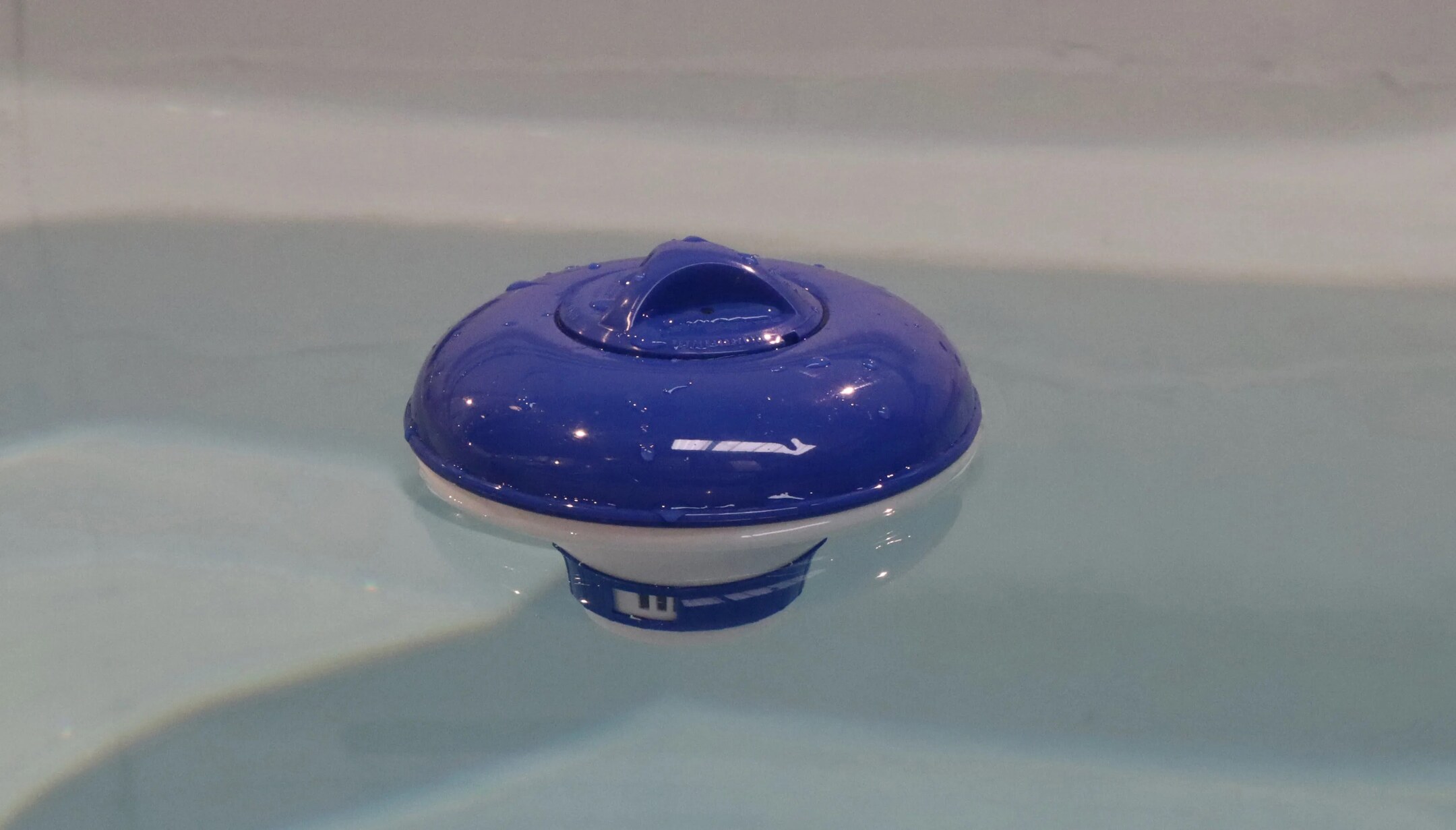
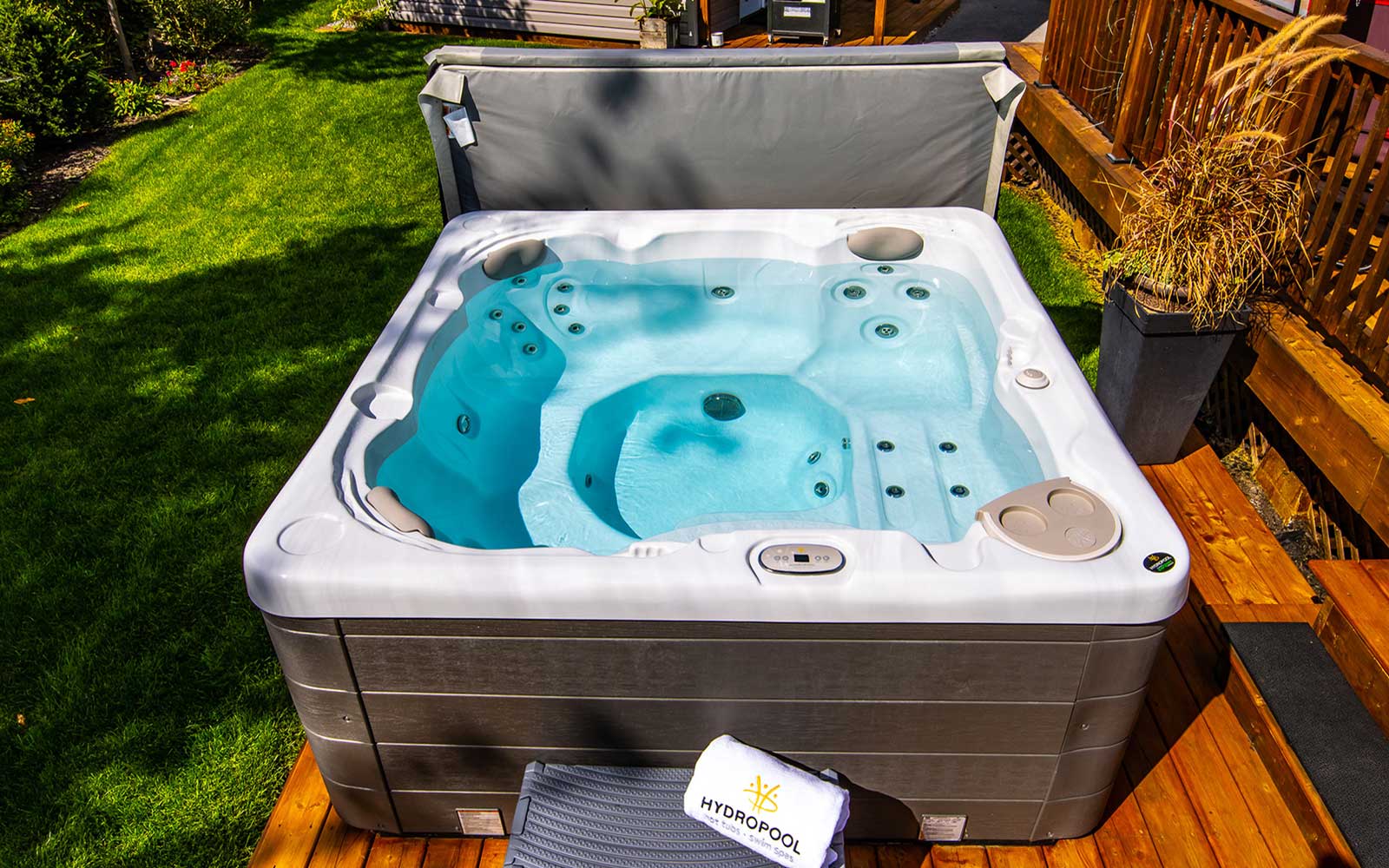
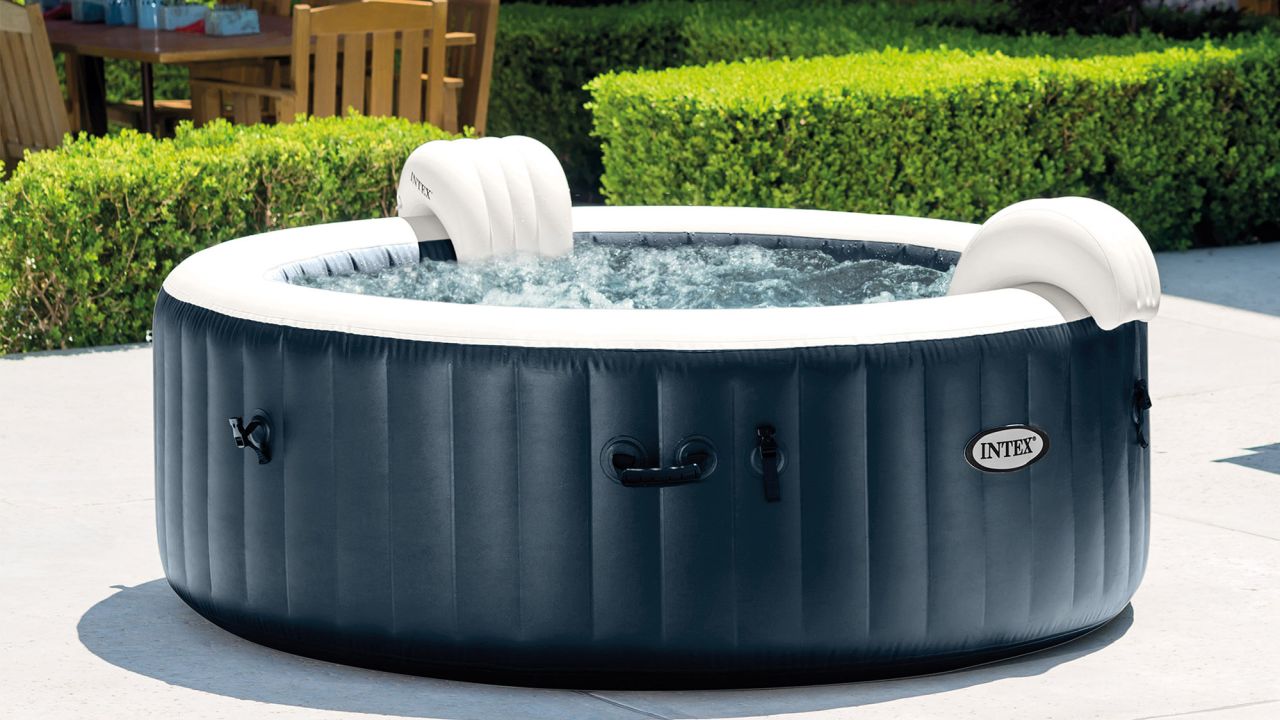
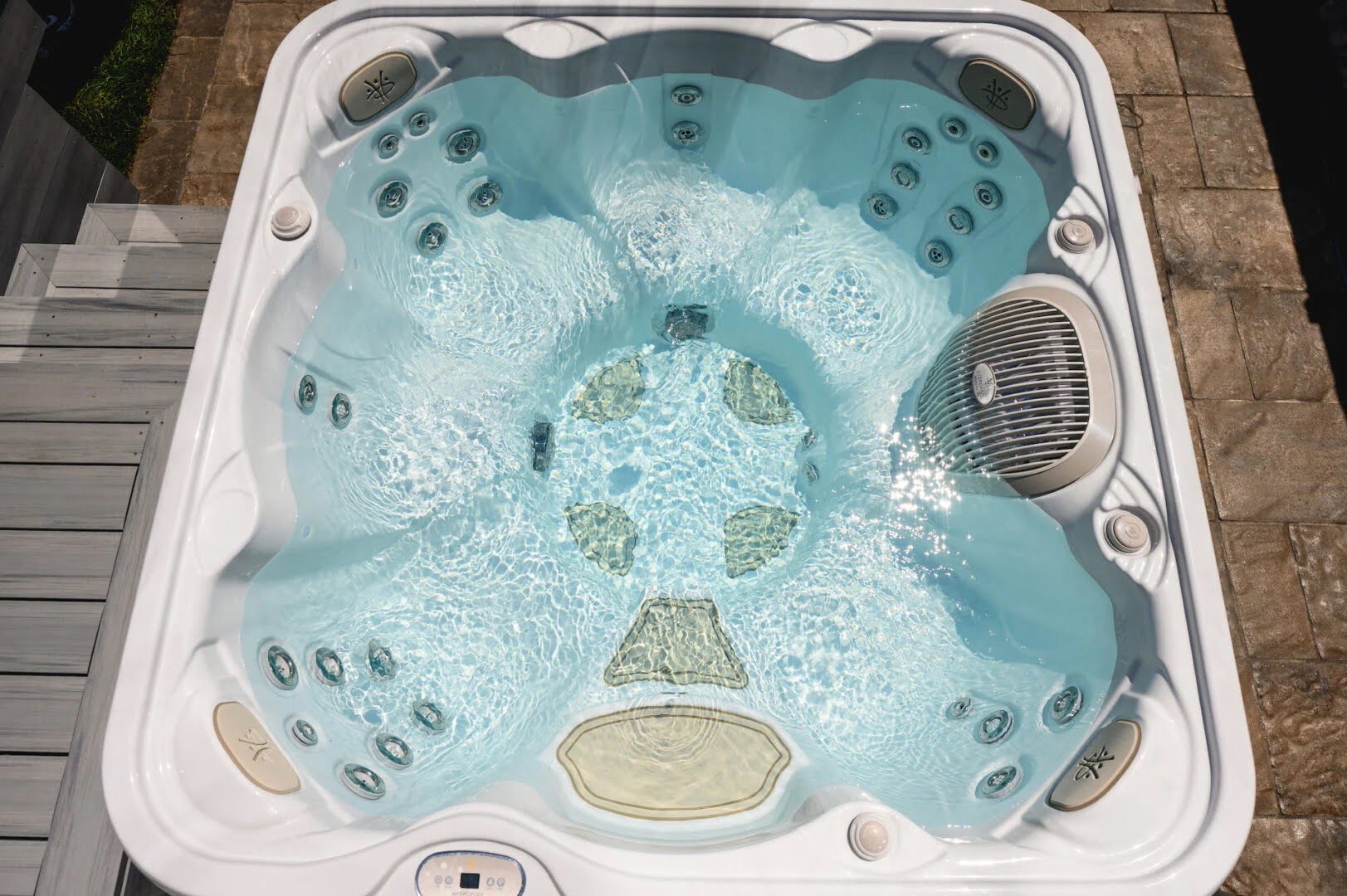
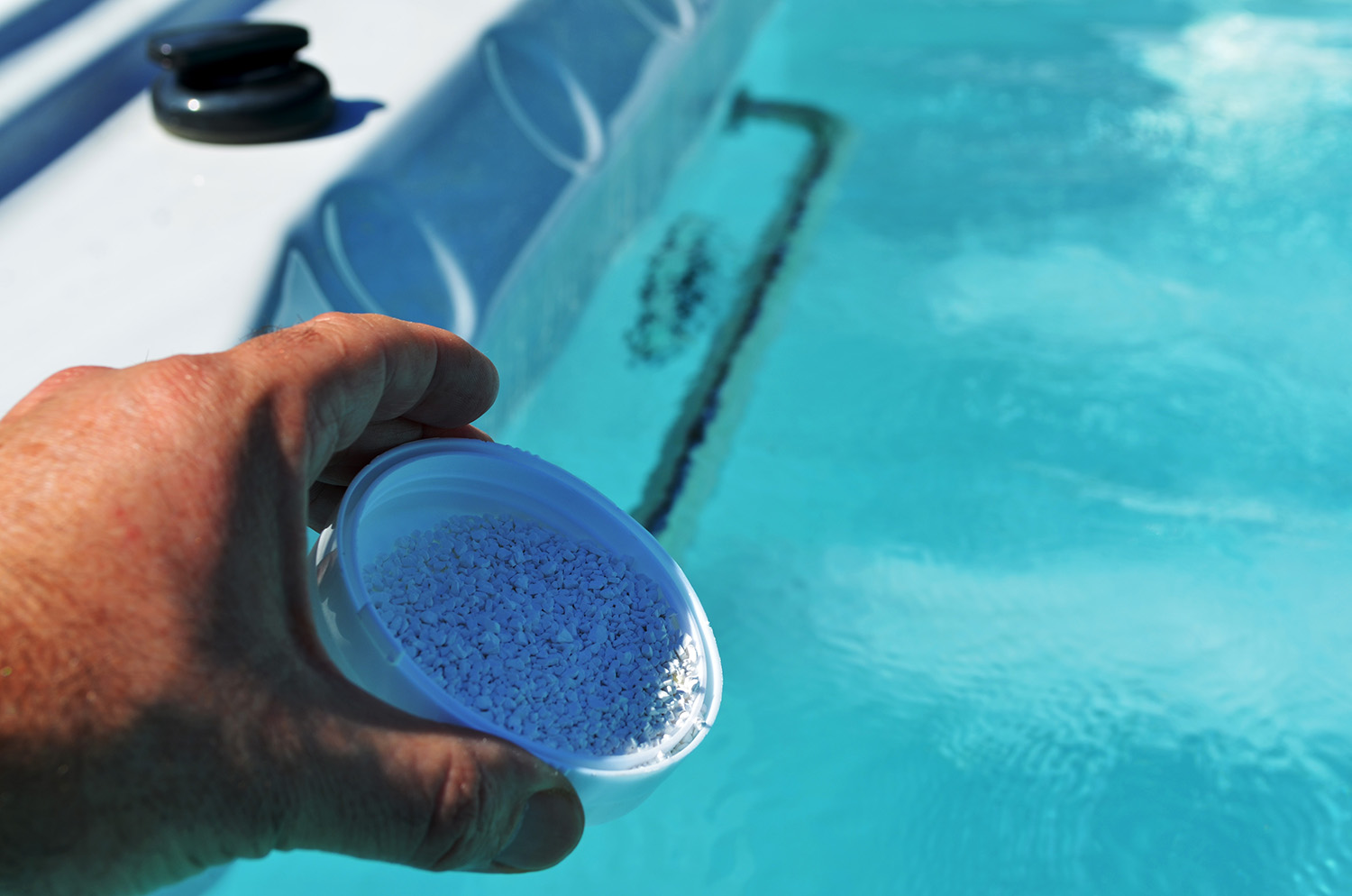
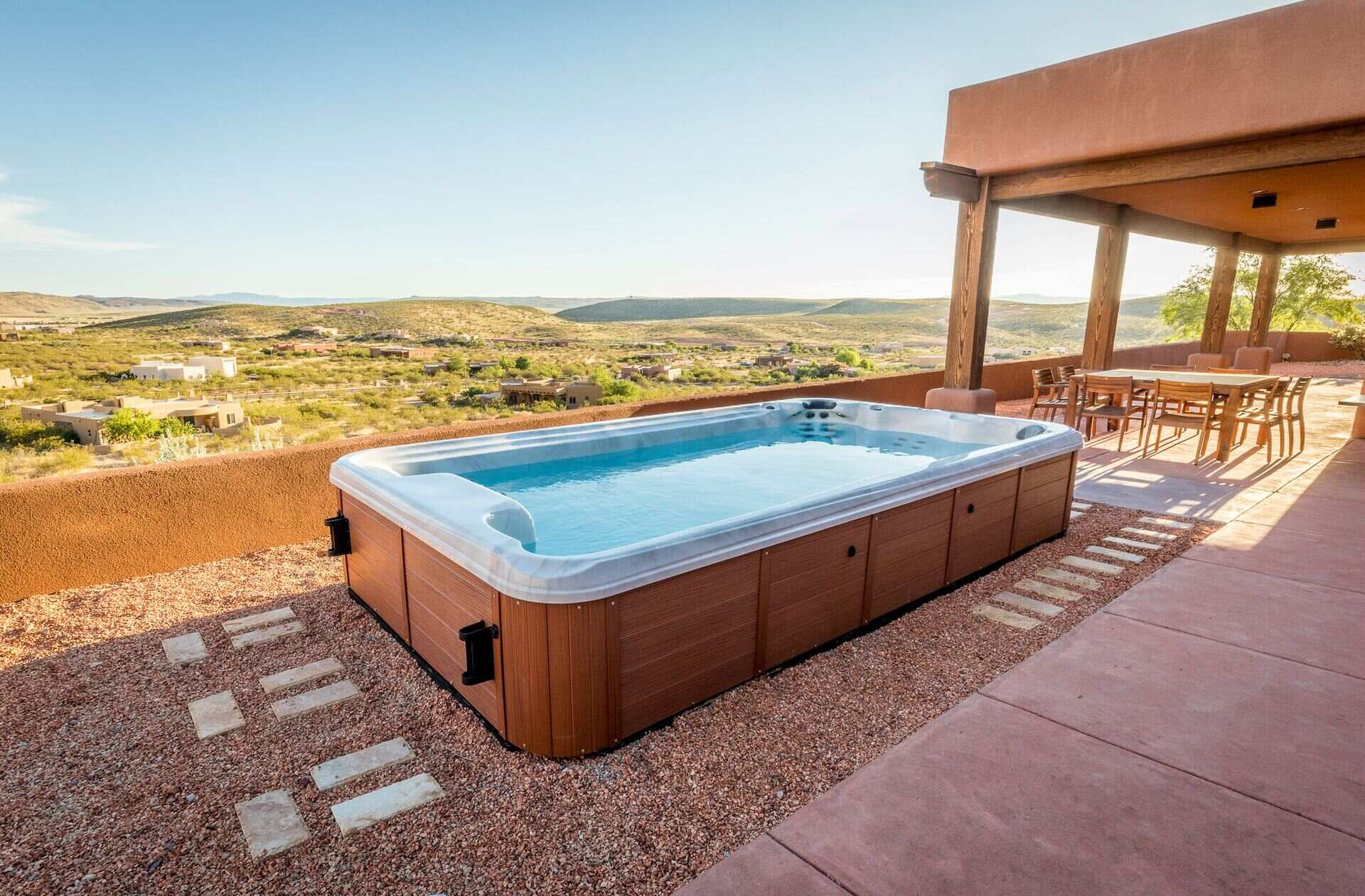
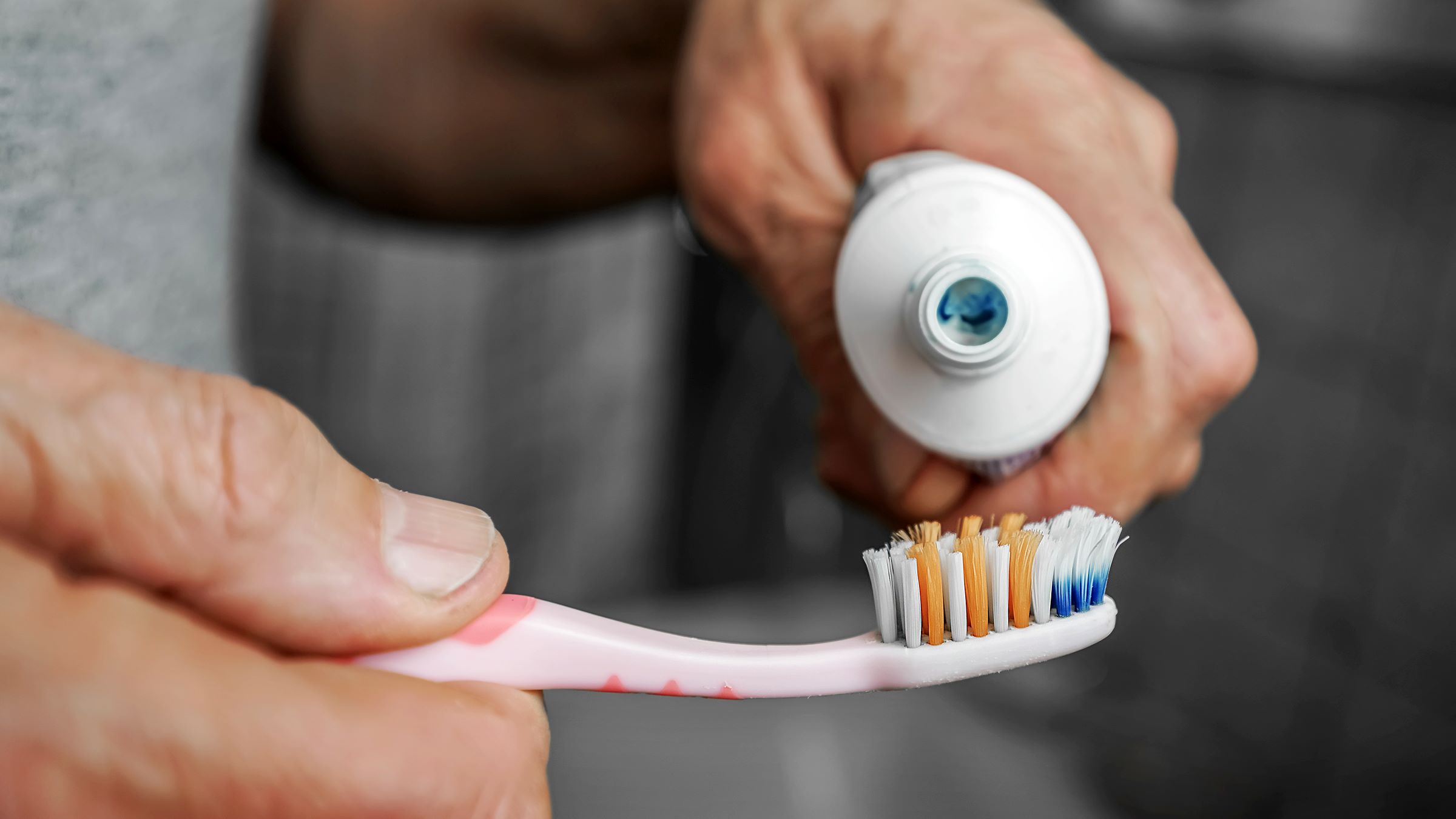
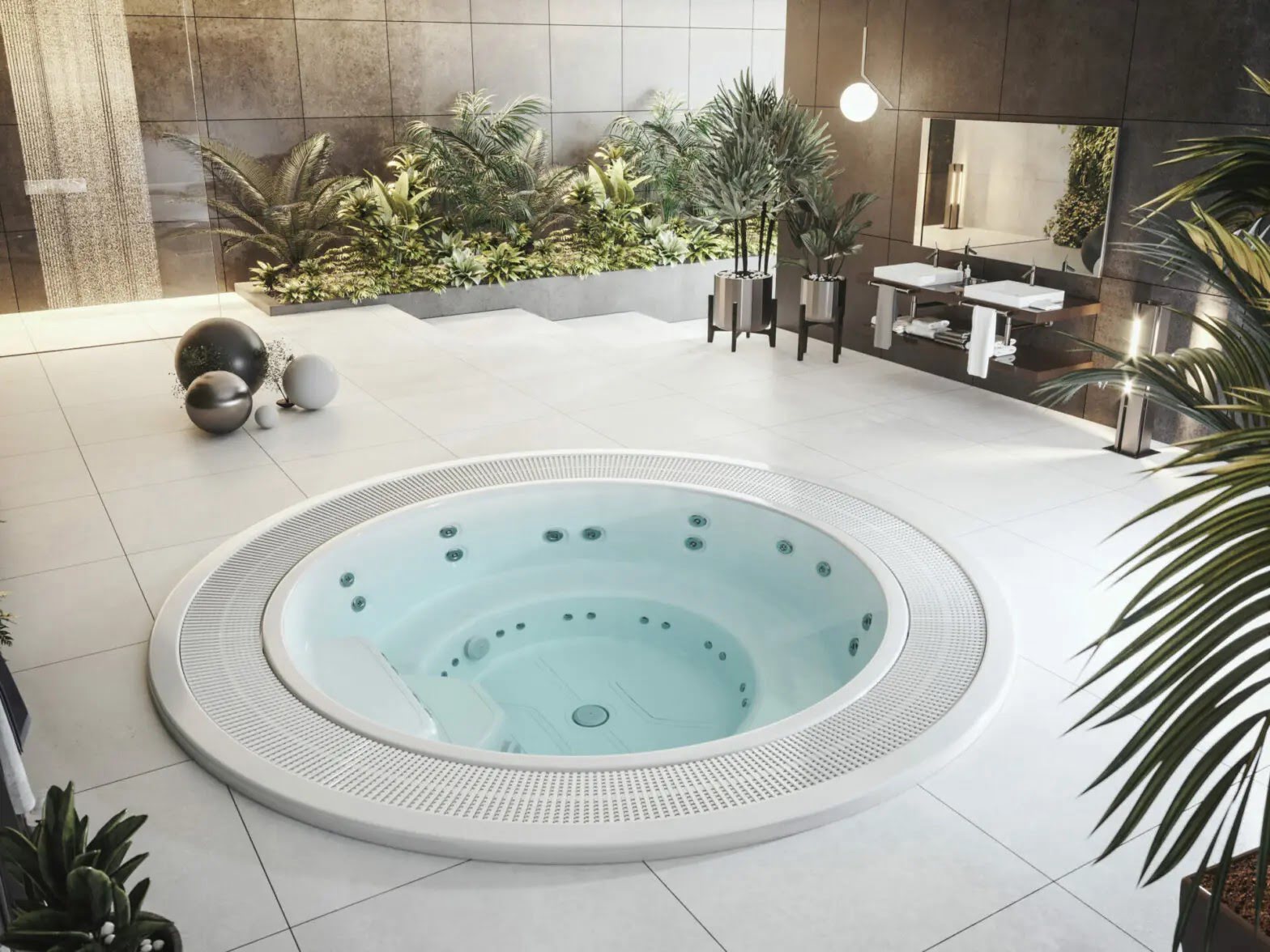
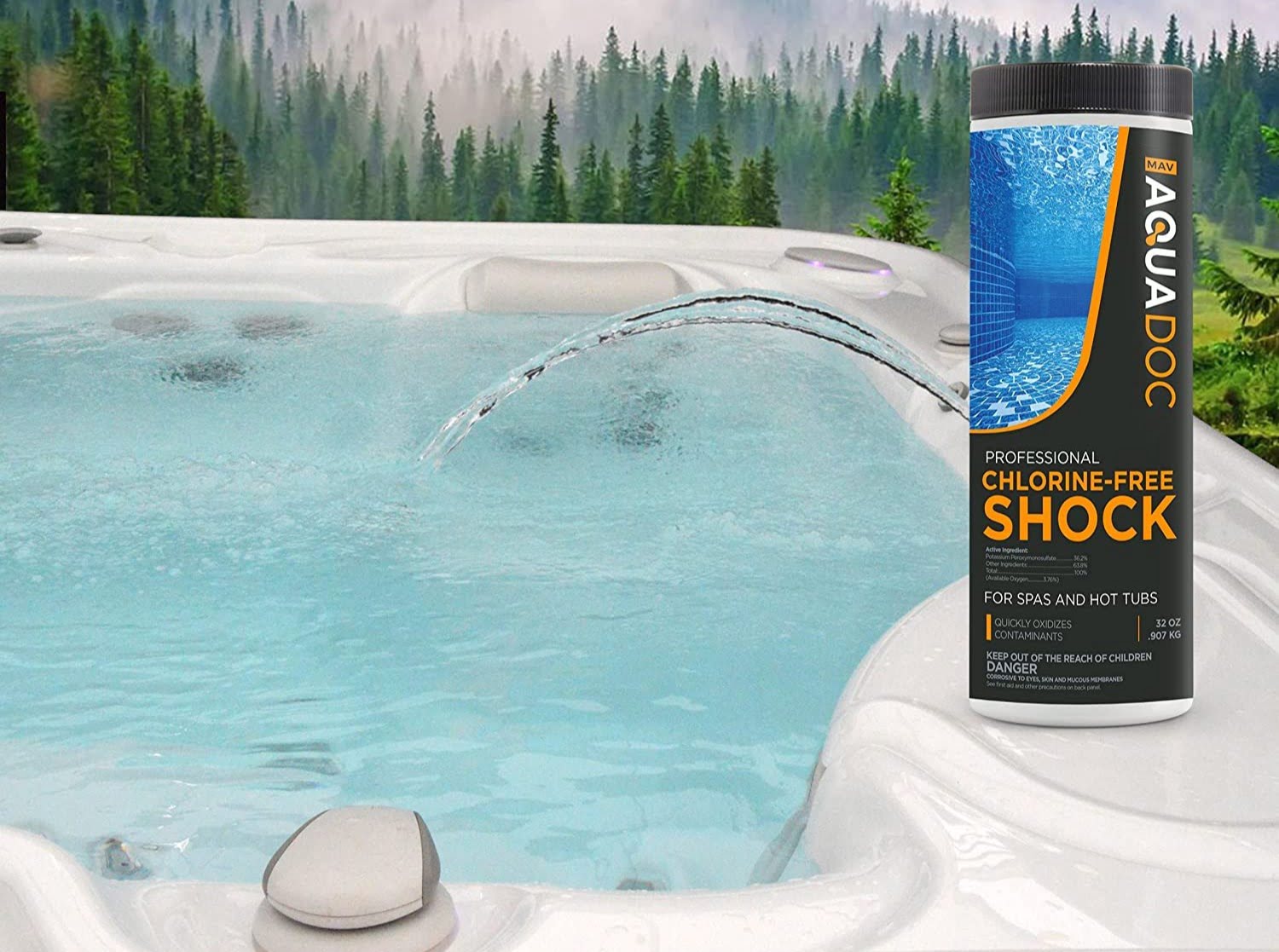
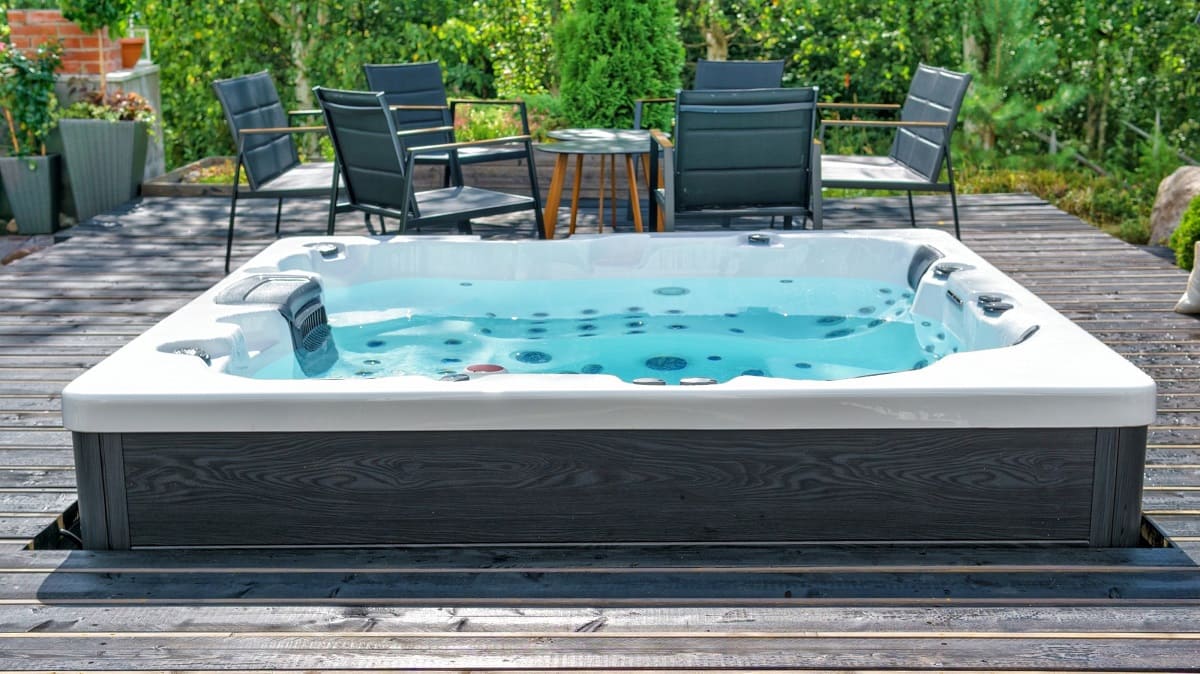
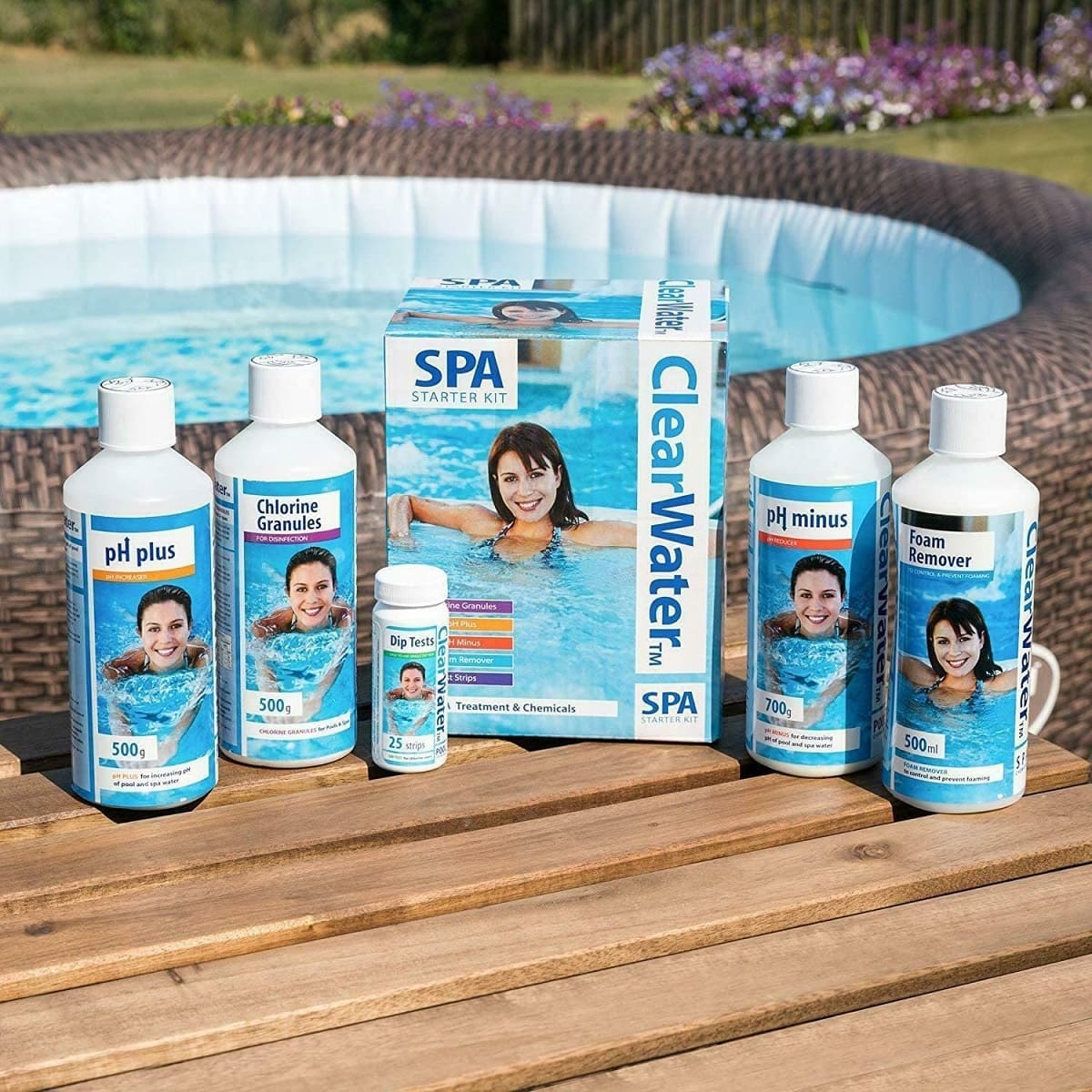
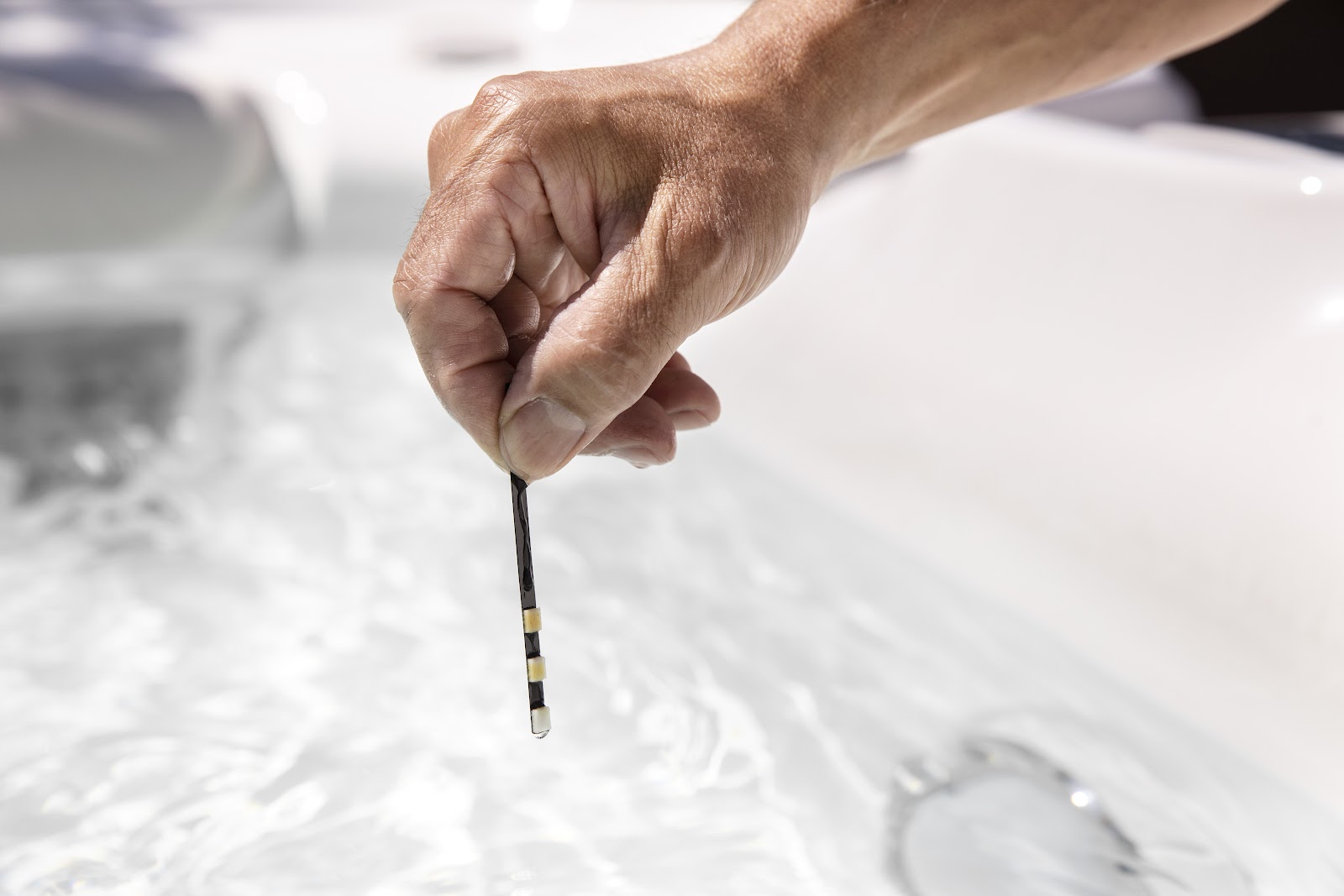
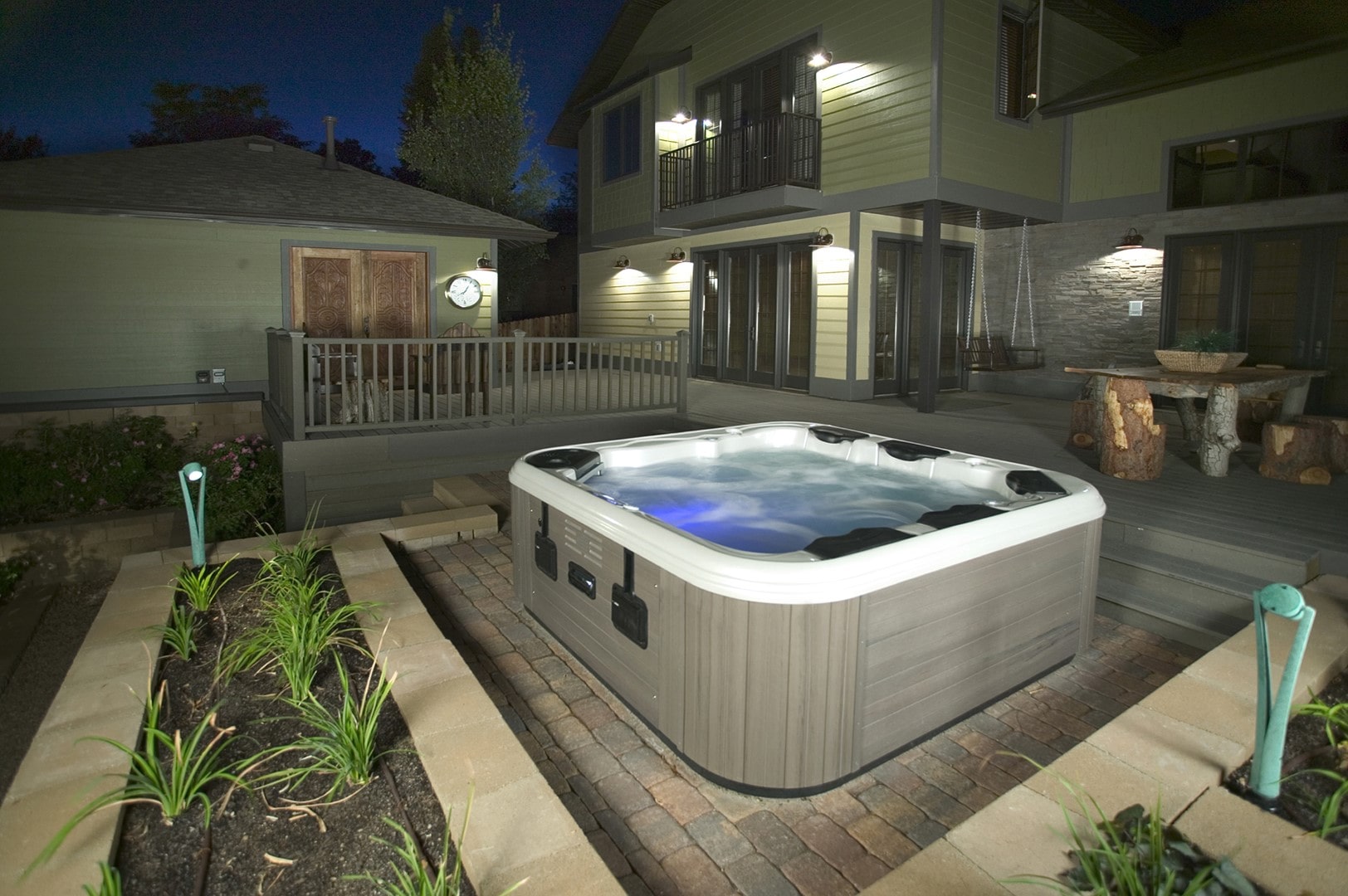
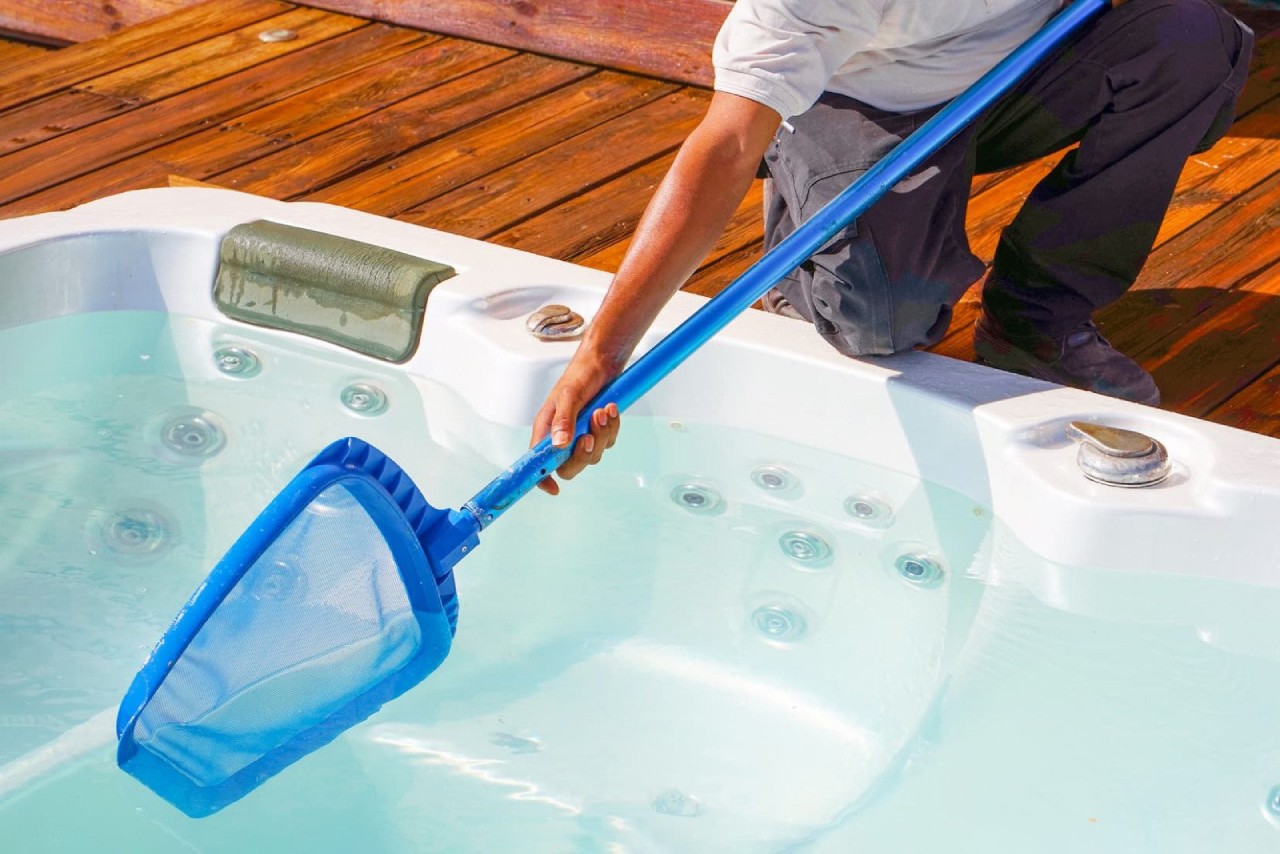

0 thoughts on “How Much Chlorine Should I Put In My Hot Tub”